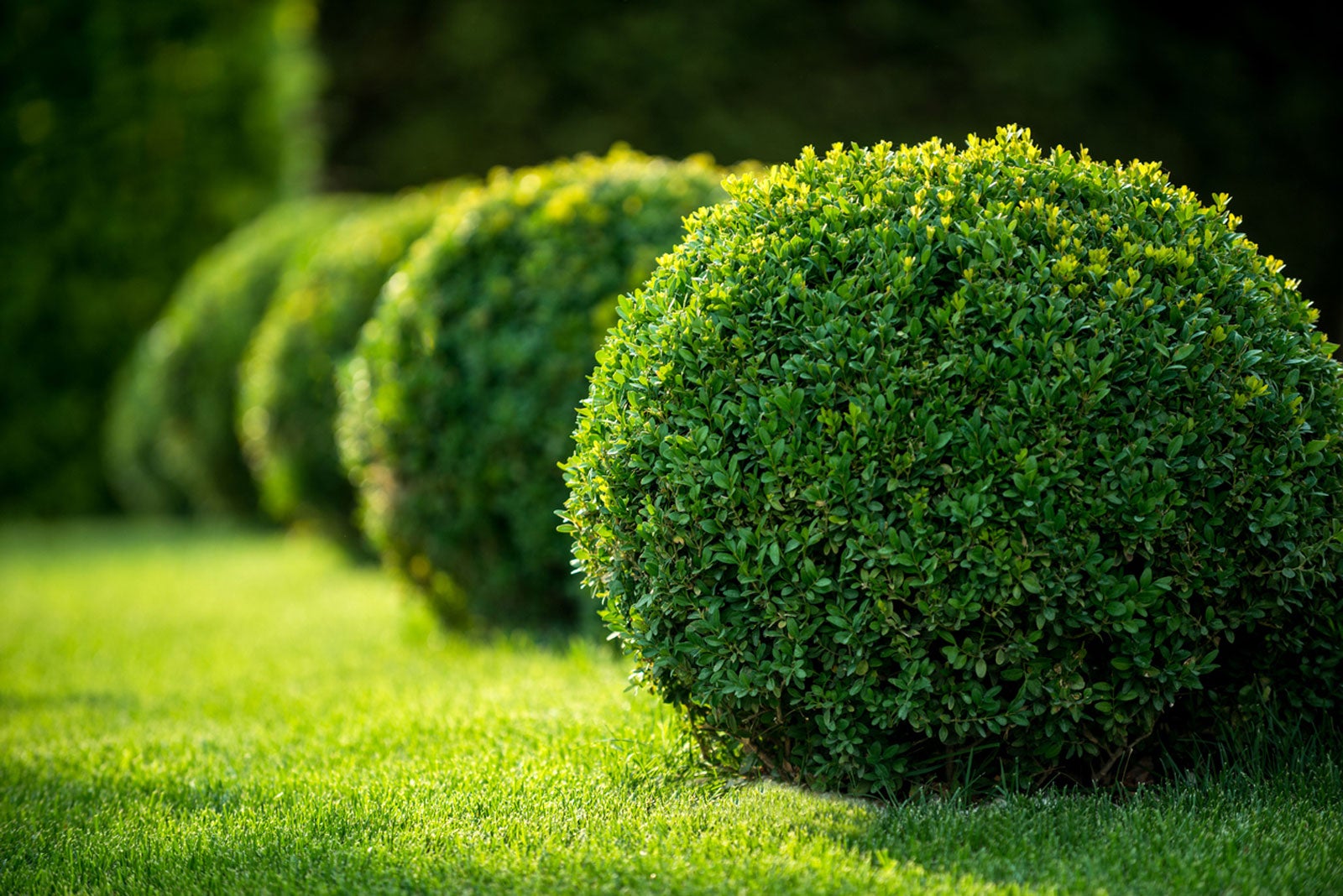Garden Architecture In Gardens: How To Grow Plants With Structure


Garden architecture and structural plants serve the same basic purpose as a window, beautiful painting, or a fireplace in your living room; they draw your eye to a particular focal point. Architectural plants are often big and showy, but even smaller structural plants can be bold, stylish, and dramatic. Read on for a few ways to make a statement with your garden’s architectural and structured plants.
Working with Structural Plants
Start with relatively mature plants, if your budget allows. Although they may be more expensive, mature plants provide instant form and style. Consider the eventual size of the plant, and allow space accordingly; otherwise, you may have to remove the plant at some point in the future.
Avoid overcrowding, especially if your garden is small. Leave enough space for your architecture to show at its full potential. Include low-key, supporting plants that draw attention to your focal point plants; however, keep them to a minimum. Too many lesser plants can detract from the beauty of your focal point.
Consider the needs of your architectural plants. Choose plants with structure according to your growing zone, then ensure they have the proper growing conditions in terms of soil, sunlight, water, and fertilizer.
Examples of Structural Plants
Topiary (the art of pruning trees or shrubs into ornamental shapes) is a traditional type of structural plant. An espalier (a fruit tree trained to grow against a wall or other flat structure) is another interesting method of garden architecture.
Other plants to include for garden architecture appeal are:
- Yucca (Yucca spp.): Adds real drama to the landscape with colorful, sword-like leaves year-round and spikes of tall blooms during the summer. Most varieties of yucca are hardy to USDA plant hardiness zone 7, and many can even withstand cold weather as far north as zone 4.
- Elephant’s ear (Alocasia): This is a tropical plant with huge, stunning leaves in a variety of colors, including various shade of greens and purple so dark they almost look black. Elephant’s ear is suitable for growing in zones 8 through 11.
- Red hot poker (Kniphofia uvaria): Provides a bold statement with poker-shaped blooms of bright red and yellow above clumps of attractive, striking foliage. Also known as torch lily, red hot poker is available in various shades of orange, apricot, and yellow.
- Japanese maple trees (Acer palmatum): Including common forms such as upright or laceleaf, Japanese maple trees offer beauty all year. Trimming is critical, as improper pruning can stimulate unsightly growth and destroy the natural shape of the tree. Allow the tree to age gracefully, then prune carefully and selectively.
Additional plants with structure include:
Gardening tips, videos, info and more delivered right to your inbox!
Sign up for the Gardening Know How newsletter today and receive a free copy of our e-book "How to Grow Delicious Tomatoes".
- New Zealand flax
- Hollyhocks
- Acanthus (bear’s breeches or big spinach)
- Weeping trees (including weeping willow and weeping juniper)
- Swiss cheese plant (Monstera deliciosa)
- Palms
- Bamboo
- Cacti

A Credentialed Garden Writer, Mary H. Dyer was with Gardening Know How in the very beginning, publishing articles as early as 2007.